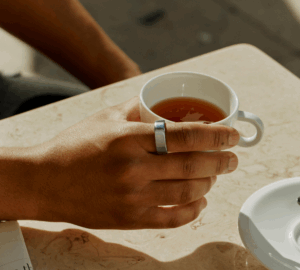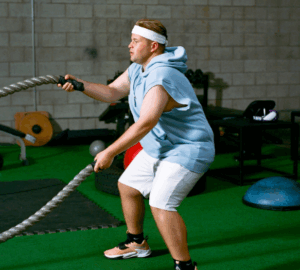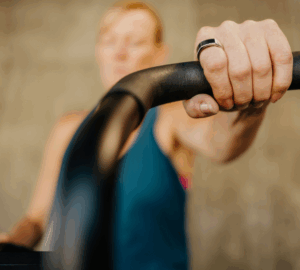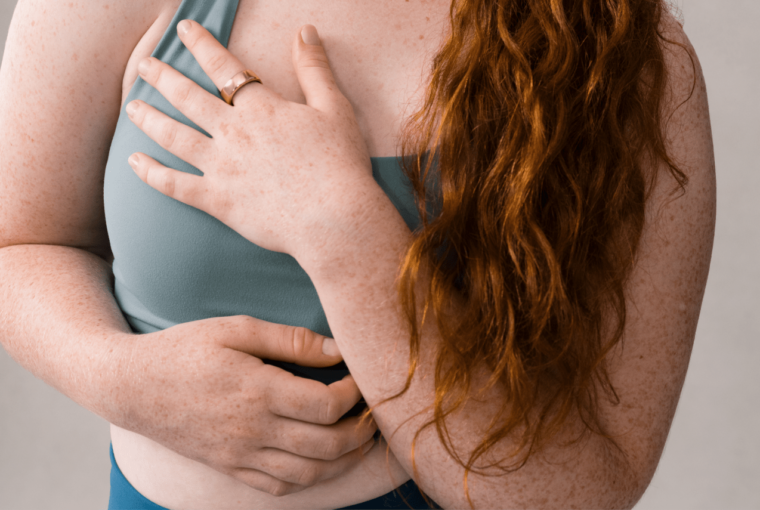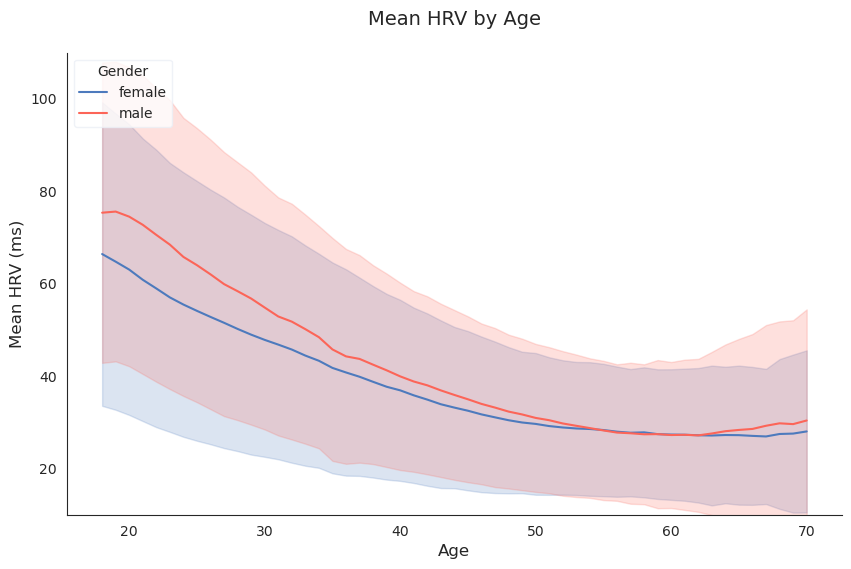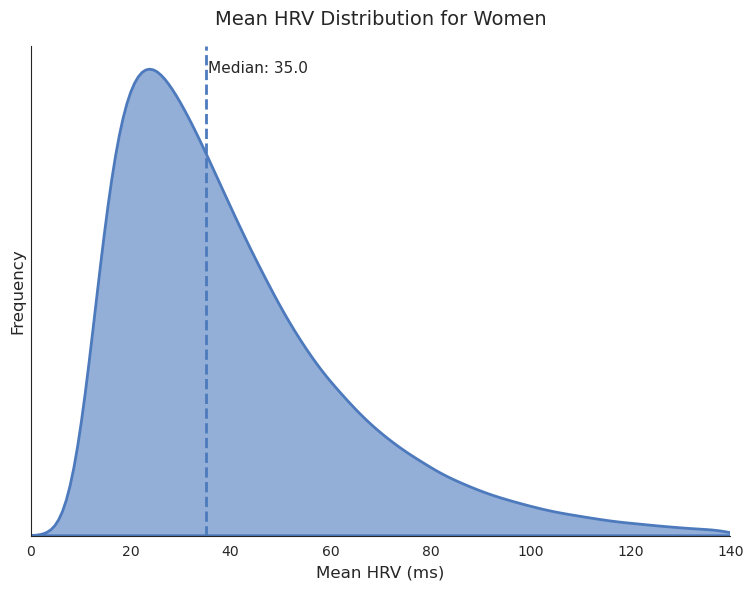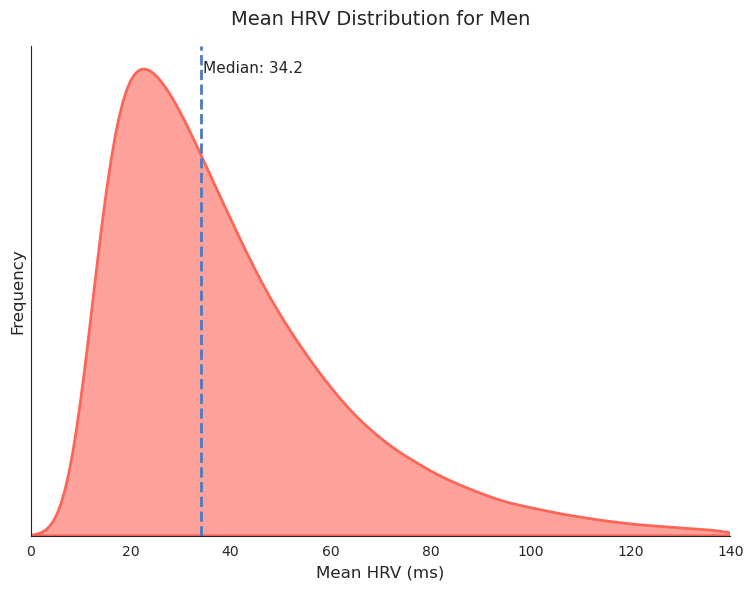What’s a good heart rate variability (HRV) for women? What’s a good HRV for men?
Turns out, there’s not an “optimal” HRV for men, women, or even a certain age group. HRV is a highly sensitive, individual metric that varies from person to person.
“HRV is highly individual, so you should compare your HRV to your own averages over time to gain a sense of what’s normal for you,” says Marco Altini, an HRV expert, data scientist, and Oura advisor. “Plus, keep in mind that it’s normal to see daily and seasonal fluctuations in your HRV.”
The best way to determine your normal HRV level is to use a wearable, like the Oura Ring, that measures your HRV in a controlled setting, such as overnight as you sleep, and establishes a baseline over a few weeks. That said, based on community data, Oura data scientists have found a range of normal HRV scores across Oura members, and we can see interesting trends across age and gender.
What Is HRV?
Heart rate variability (HRV) measures the variation in milliseconds (ms) between your heartbeats. HRV is linked to your autonomic nervous system (ANS) and the balance between the parasympathetic (rest-and-digest) and sympathetic (fight-or-flight) branches. “What we measure at Oura is largely parasympathetic activity, due to how the parasympathetic system impacts heart rate beat-by-beat,” explains Altini.
As a general rule of thumb:
- Higher HRV is associated with rest-and-digest, general fitness, and good recovery
- Lower HRV is associated with fight-or-flight, stress, or illness
Again, HRV differs greatly from person to person — and day to day. A lower HRV does not mean that you’re unfit with a low HRV, nor is the opposite necessarily true.
| Member Tip: Monitoring your HRV trends, especially when using Tags in your Oura App, can help you reach peak productivity, manage stress, and fine-tune your training regimen. |
Heart Rate Variability Chart: Average HRV Across Oura Members by Age and Gender
Below, we’ll see the range of HRV scores across Oura members by age and gender. The average HRV across all members is 41 ms.
As this chart shows, HRV tends to be much higher for younger people than older people. Multiple, population-based research studies confirm that HRV tends to decline with age. Some research suggests that this decline likely reflects the normal aging process.
Other studies show this decline in HRV may be less severe the healthier the person is. “With the right lifestyle and genes, there can be a lower reduction or higher values because they had a higher HRV over their lifespan,” Altini explains.
READ MORE: How to Improve HRV
Average HRV for Women
The average HRV for female Oura members is 41.5 ms, while the median (the middle of the distribution) is 35 ms.
Average HRV for Men
The average HRV for male Oura members is 40.3 ms, while the median (the middle of the distribution) is 34.2 ms.
Improving Your Unique HRV Score
While your HRV is specific to you and you alone, there are some factors within your control that can impact your score. These factors include your sleep hygiene (i.e. a cool, dark room and comfortable bed), your nutrition (including caffeine, alcohol, and hydration), your stress levels, and your physical fitness.
Other factors impacting HRV are harder to control. This includes things like your age and gender, hormonal cycles, or stress from work or family.
While the goal with HRV isn’t to make yours as “high” as possible, having more consistent HRV values from day to day can signal an enhanced ability to respond to daily stressors, Altini explains. There are a few ways you can make your HRV values more consistent, including staying active, eating well, and deep breathing techniques.
Finally, keep in mind: “It’s important to experiment and see what works for you, your body, and your lifestyle,” Altini points out. “Improving our physiology takes time; each of these habits might take several weeks to build and deliver benefits, but exploration will help you find what’s best for your health.”
RELATED: 8 Myths About HRV, Debunked
About the Oura Expert
Marco Altini is an HRV expert and data scientist with a background in computer science and physiology. Over the years, he has published more than 50 papers at the intersection between technology, health and performance. Find him on Twitter @altini_marco.
This data is based on values from Jan-Dec 2024, restricted to members age 18+.
